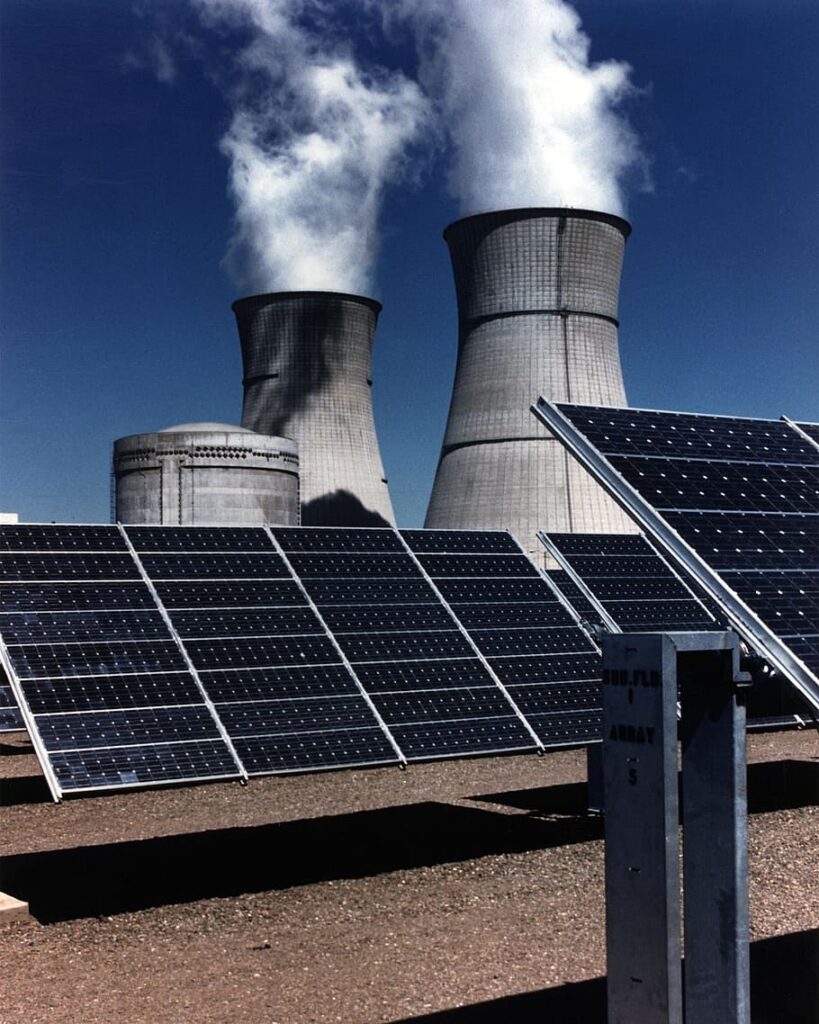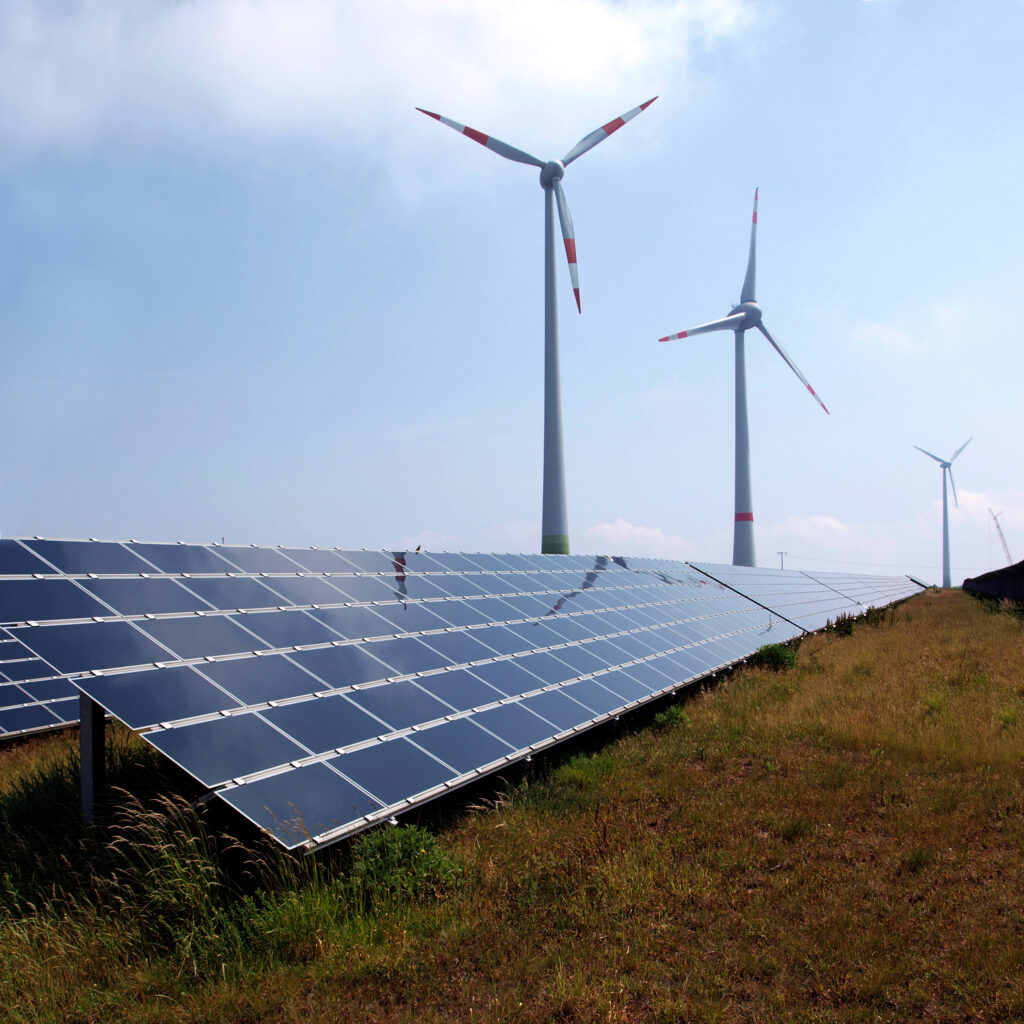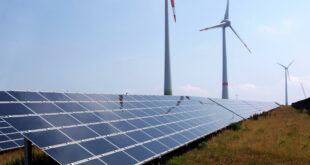The debate over the best form of energy to power our future has been a hot topic for many years now. Two options that are often compared are clean energy and nuclear energy. Both have their advantages and disadvantages, and both are viable options for our energy needs. But which one is the better choice for our future? In this article, we will compare and contrast clean energy and nuclear energy to help you understand the benefits and drawbacks of each.

What is Clean Energy?
Clean energy refers to any form of energy that is renewable and does not produce harmful emissions. Examples of clean energy sources include solar power, wind power, hydroelectric power, and geothermal power. These forms of energy are all renewable, meaning that they can be replenished over time, and they do not produce harmful emissions such as carbon dioxide or other greenhouse gases.
One of the major benefits of clean energy is that it is environmentally friendly. Unlike traditional forms of energy such as coal or oil, clean energy does not produce harmful emissions that contribute to climate change. This makes it an attractive option for those who are concerned about the environment and want to reduce their carbon footprint.
Another benefit of clean energy is that it is renewable. As long as the sun shines, the wind blows, and the water flows, we will have access to clean energy. This means that we do not have to worry about running out of energy sources as we do with fossil fuels.
However, there are also some drawbacks to clean energy. One of the main challenges is that it can be expensive to produce. For example, installing solar panels on a home or building can be costly, and the initial investment may not pay off for many years. This can be a barrier for some people who want to switch to clean energy but cannot afford the upfront costs.
Another challenge is that some forms of clean energy are not available in all areas. For example, solar power may not be as effective in areas that do not receive a lot of sunlight, and wind power may not be as effective in areas that do not have strong winds. This can limit the availability of clean energy in certain regions.

What is Nuclear Energy?
Nuclear energy is a form of energy that is generated through the use of nuclear reactions. This energy is typically produced in nuclear power plants, where nuclear reactions are used to heat water and produce steam, which is then used to generate electricity.
One of the major benefits of nuclear energy is that it is a highly efficient form of energy. Unlike traditional forms of energy such as coal or oil, nuclear energy can produce a large amount of energy from a relatively small amount of fuel. This makes it an attractive option for those who are looking for high-energy output.
Another benefit of nuclear energy is that it is reliable. Unlike some forms of renewable energy such as wind or solar power, nuclear power plants can operate 24/7, providing a constant supply of energy.
However, there are also some drawbacks to nuclear energy. One of the main concerns is safety. Nuclear power plants are highly regulated and must meet strict safety standards to prevent accidents. However, accidents can still happen, as demonstrated by the Chornobyl and Fukushima disasters.
Another concern is waste disposal. Nuclear power plants produce radioactive waste that must be carefully managed and stored to prevent contamination. This waste can remain dangerous for thousands of years, making it a long-term environmental and safety concern.
Clean Energy vs Nuclear Energy: Which is the Better Option?
When it comes to choosing between clean energy and nuclear energy, there is no one-size-fits-all answer. Each option has its own benefits and drawbacks, and the best choice will depend on a variety of factors, including location, energy needs, and environmental concerns.
For those who are concerned about the environment and reducing their carbon footprint, clean energy is the better option. Clean energy sources such as solar, wind, and hydroelectric power do not produce harmful emissions, making them an environmentally friendly choice. They are also renewable, meaning that they can be replenished over time, and they do not contribute to the depletion of natural resources.
Clean energy is also becoming more cost-effective as technology improves and production costs decrease. In some cases, clean energy can be produced at a lower cost than traditional forms of energy. For example, the cost of solar energy has decreased by more than 80% over the past decade, making it a more affordable option for many people.
However, there are some limitations to clean energy. As mentioned earlier, some forms of clean energy may not be available in all areas. Solar power may not be as effective in areas with limited sunlight, and wind power may not be as effective in areas with weak winds. This can limit the availability of clean energy in certain regions.
Nuclear energy, on the other hand, is a more efficient form of energy that can produce a large amount of energy from a small amount of fuel. It is also a reliable source of energy, as nuclear power plants can operate 24/7, providing a constant supply of energy.
However, safety concerns and waste disposal are major drawbacks of nuclear energy. Nuclear power plants must meet strict safety standards to prevent accidents, and accidents can still happen, as demonstrated by the Chornobyl and Fukushima disasters. The waste produced by nuclear power plants is also a major concern, as it remains radioactive for thousands of years and must be carefully managed and stored to prevent contamination.
In terms of cost, nuclear energy is also more expensive to produce than some forms of clean energy. Building a nuclear power plant requires a large initial investment, and the cost of maintaining and operating the plant can also be significant.
Ultimately, the best option for our future energy needs may be a combination of both clean energy and nuclear energy. By using a variety of energy sources, we can maximize efficiency and reliability while also minimizing environmental impact and safety concerns.
For example, clean energy sources such as solar and wind power can be used to supplement the energy produced by nuclear power plants. This can help reduce the amount of nuclear waste produced while also providing a reliable source of energy.
In conclusion, the debate over clean energy vs nuclear energy is a complex one that requires careful consideration of many factors. Both options have their advantages and disadvantages, and the best choice will depend on a variety of factors. However, by using a combination of both clean energy and nuclear energy, we can create a more sustainable and reliable energy system for our future.
 E340 USA – Economy – HVAC – Energy – Health – Education
E340 USA – Economy – HVAC – Energy – Health – Education

